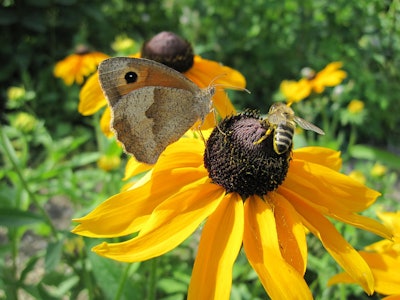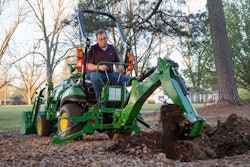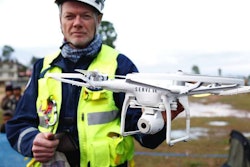 Photo: Pixabay
Photo: PixabayAs landscape professionals, protecting pollinators is an important mission.
This ancient method of survival – transferring pollen to the female reproductive organs of a plant – has several different varieties, but the majority depend on natural phenomena and thousands of species of pollinators.
While honeybees are often given the most attention as a pollinator, about 1,000 of all pollinators are vertebrates such as birds, bats, and small mammals.
According to the Pollinator Partnership, around 75 percent of all flowering plant species need the help of pollinators to move their pollen grains from plant to plant for fertilization.
Many crops that people enjoy depend on a single pollinator species, so if one dies off the other is close to follow.
One of the most obvious ways of helping protect pollinators is to reduce the amount of pesticides used, but if they must be sprayed, choose the least toxic ones and wait until the late evening when the wind has died down and pollinators are less active.
Another major issue facing pollinators, and honeybees in particular, is the lack of forage and shelter. Creating a pollinator-friendly garden that includes native plants that provide nectar for adults and food for larvae, such as the milkweed for monarchs, is one way. Making sure there is a succession of plants from spring until fall is another way to ensure the pollinators are fed.
Old-fashioned varieties of plants can be a better choice as some have been bred over time and have lost the fragrance, nectar, and or pollen needed to attract and feed pollinators. Non-native plants can be used, but make sure they don’t spread easily as these could become invasive.
‘Houses‘ can be built for a variety of bugs, bees, and bats, and supplying water for wildlife will help draw them to your client’s backyard. To keep standing water from becoming a mosquito breeding ground, containers should be refilled daily.
Bees are sometimes misunderstood out of the fear that they will attack and sting homeowners in their own yard, but most species actually don’t sting. While all female bees are physically capable of stinging, solitary bees do not sting unless physically threatened or injured. It’s only honeybees that are defensive, and it’s always a good idea to avoid any insect nest in general.
If your client has a preferred pollinator they want to visit their backyard, check out our other articles that are more in-depth about attracting certain animals.
For the hummingbird lovers, click here. For those looking to have fewer bothersome bugs, suggest attracting bats here. For customers interested in helping migrating monarchs, click here, and for the traditionalist wanting to lend a helping hand to the many types of bees, click here.










